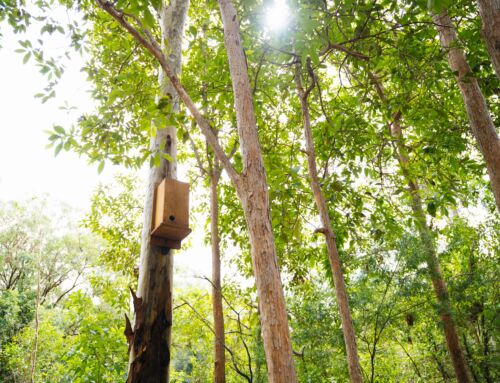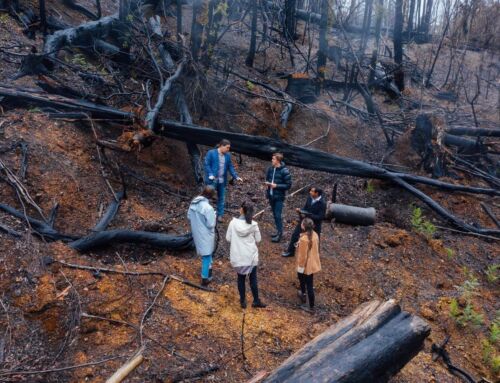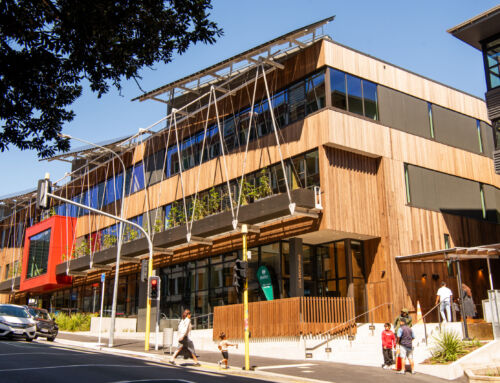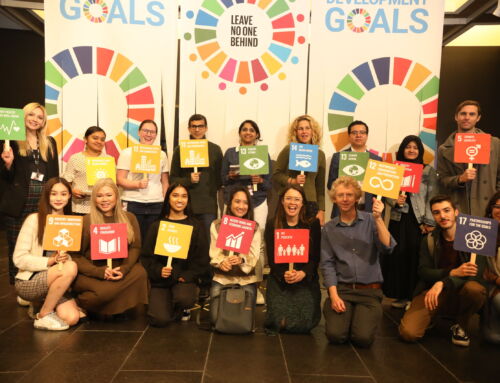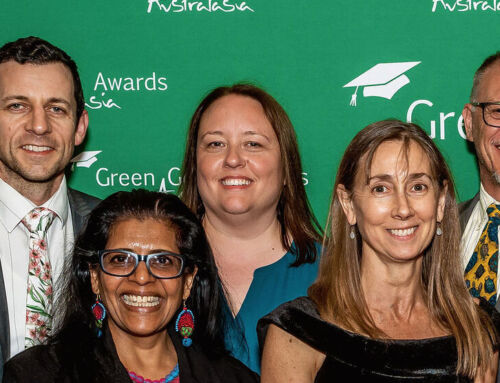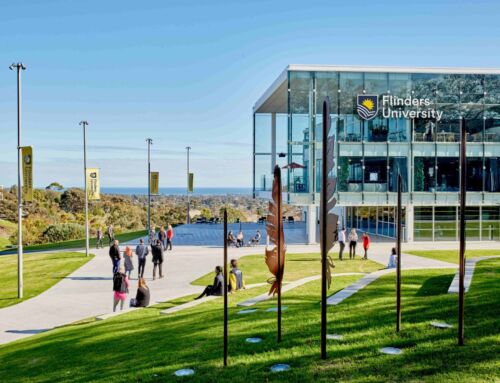The University of Sydney is turning it’s campuses into a Living Lab for our students and researchers to turn theory into application.
Our Sustainability Strategy team works with the Campus Infrastructure and Open Spaces teams to connect researchers and students, allowing both for the practical application of world-leading research and strengthening education–research synergies by enabling student learning and participation. By working with our infrastructure areas, Living Lab initiatives allow the University to model good practice and world-leading research into our operations. An example would be the University Infrastructure team working with Professor Thomas Maschmeyer’s spin-off company Gelion to real-world test their renewable energy, rechargeable ion-cell Endure battery. The team designed a solar-powered bench that provides consistent lighting and gathering spots in ‘dark’ spots on the University Camperdown/Darlington campus. The benches also provide shade and an opportunity to charge phones and laptop. This Living Lab is testing the charging and discharging capacity of the battery. The project won a AFR Higher Education Award in 2020 under the Sustainability Strategy. Read the news article here.
Does this project relate to a sustainability strategy, and are there any associated goals or targets?
The first area of our Sustainability is Strategy 1: Put research excellence into practice through living labs on our campuses. The creation of formal Living Lab protocols aims to develop new opportunities for coordination between students, academics, and operations staff to facilitate the use of our campuses as living labs, including how we encourage living lab projects and how they scale across the University’s environmental and social footprint. We’re honouring the Living Lab ethos by engaging students from our postgraduate courses to work with the infrastructure teams, academics and students to develop the formal Living Lab protocols.
What challenges has this campaign navigated?
It’s such a massive undertaking. The main challenge is connecting with and understanding what research and teaching is happening around the University in order to know where the potential Living Lab initiatives are. There is also an educational component to developing a formal Living Lab – when you mention it to researchers or students, you need to help them understand what it is, how it applies to them and that the engagement is genuine. In a way, overcoming this was slightly easier than expected as one of our first Living Lab projects was with a researcher who had been exposed to and took part in a Living Lab creation overseas. We used his example and examples of student/staff collaboration projects to start educating people and creating visuals for what a Living Lab initiative could look like in their Faculty or School.
What advice would you give to other institutions looking to replicate this project?
Living Lab creation is difficult because a lot of sustainability teams sit within infrastructure areas and have little exposure to the research and teaching areas of their university. I recommend starting small and concentrating on a specific theme or Faculty. The second thing is to get to know your University. Conducting the research and teaching inventory as part of our STARS submission was a key part of building our understanding. We now have an inventory of both to keyword search and know where our strengths are. The last piece of advice is to educate Unit Coordinators of capstone units that you have problems for students to work on. Also start working with the research areas to educate grant applicants to include funding requests for initial application of research in their grant applications, or have funding available within the Sustainability budget to support researchers who have research ready for application.

